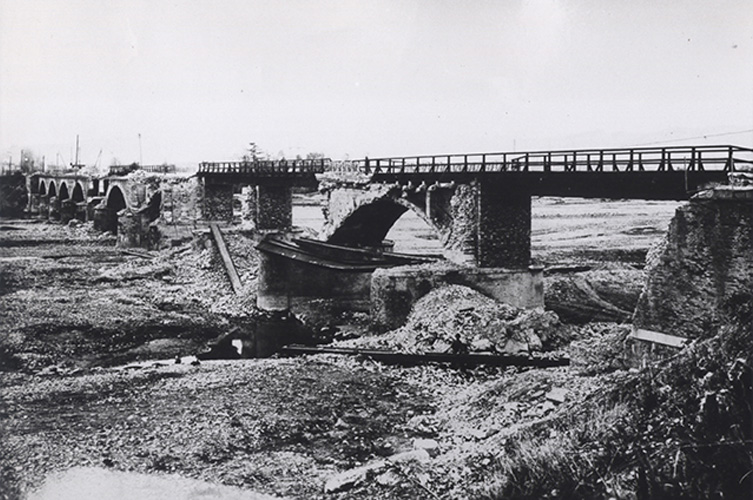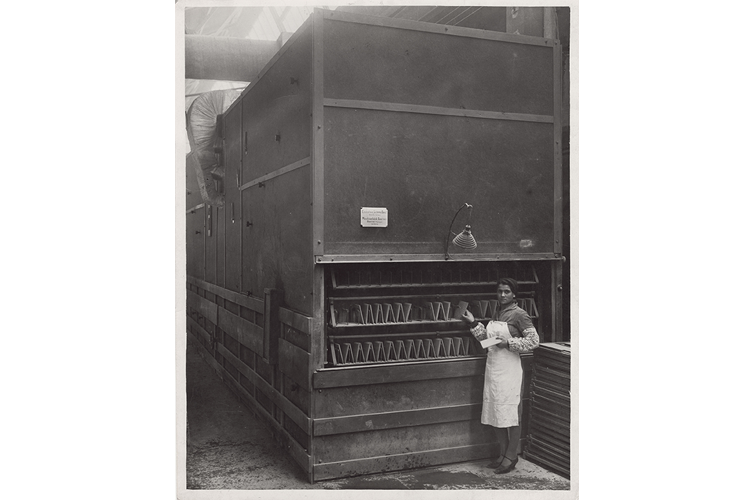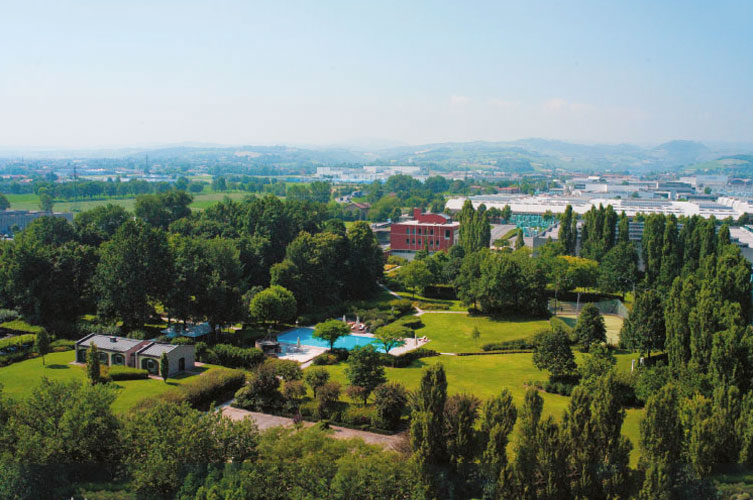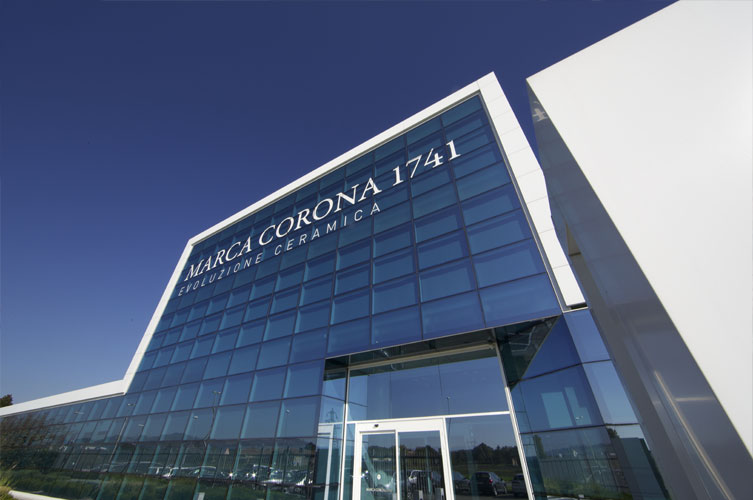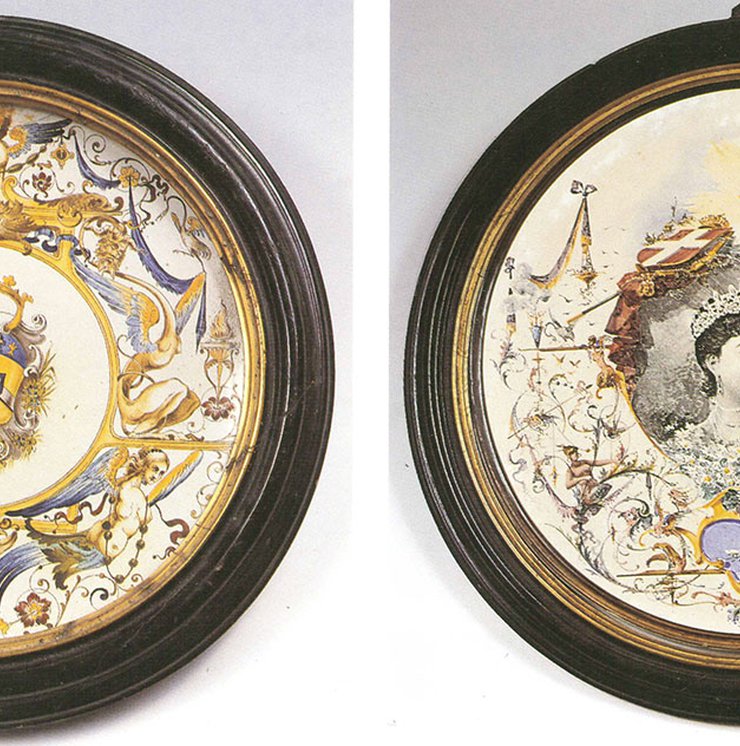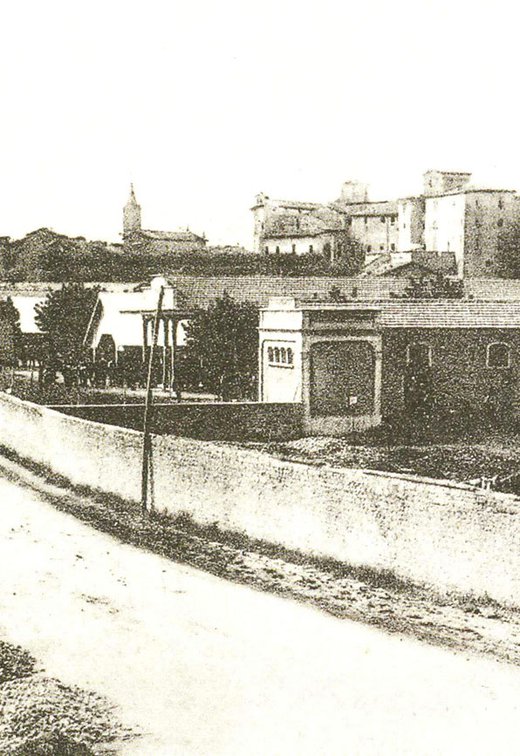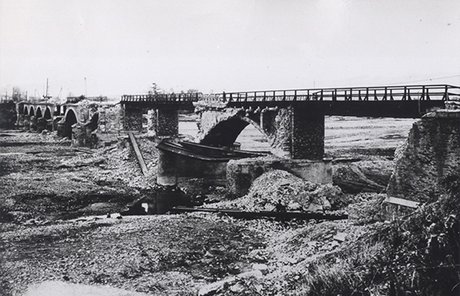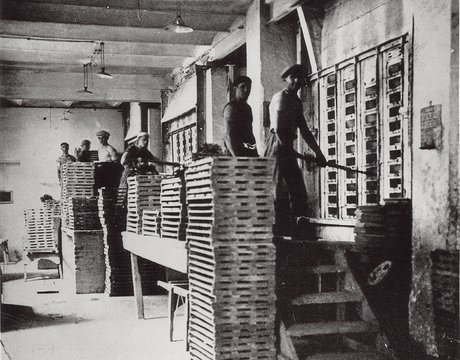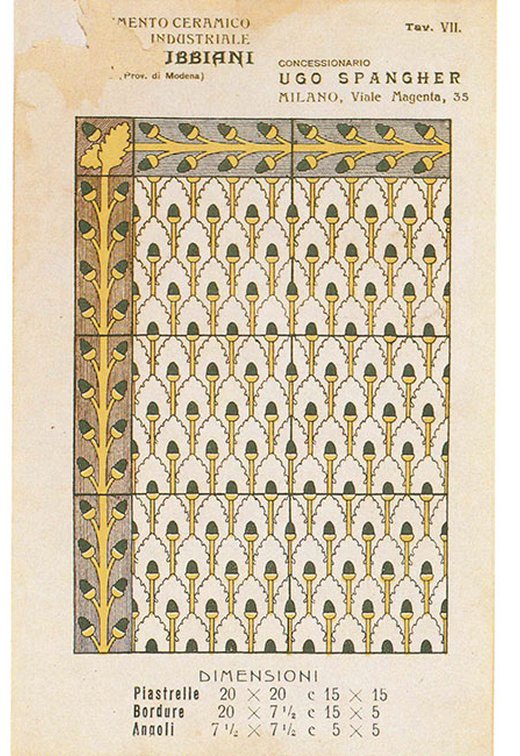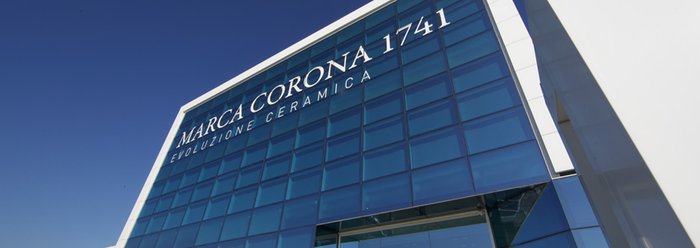1753
The Dallari monopoly
The company is taken over by Giovanni Maria Dallari, who obtains from the Duke of Modena a monopoly down to the third generation and the possibility of placing the ducal coat of arm on the factory. In order to steal a march on competitors, Dallari invests in the highest quality materials, innovative production techniques and hires skilled workers from Lodi, Faenza, Imola, Livorno and Pesaro.
1785
The ducal reaction
Giovanni Maria Dallari passes on the running of the factory to his son, Giovanni. If the introduction of earthenware, which is cheaper than majolica, significantly reduces prices, new technologies enables output to be doubled. The new duke, Ercole III d’Este, was hostile to the Sassuolo factory but abolished protective tariffs on majolica products: the imports of competitors into the dukedom bring Dallari and Contrada del Borgo to its knees!
1854
Investing for growth
The factory is taken over by Giovanni Maria Rubbiani, who involves his sons, Don Antonio and Carlo, educated progressives who are convinced of the importance of modernizing transport, investing in advertising and in the professional training of their craftsmen. In the period in which Italy becomes one country, Sassuolo ceramics win prestigious awards.
1861
The Rubbiani innovations
Carlo Rubbiani takes over the company and has to pit himself against the artistic and technical excellence of his competitors that has been widely publicized in national and international exhibitions. His entrepreneurial spirit leads him to bank on new products. In addition to the plates for the new numbering of buildings, streets and piazzas, Rubbiani is the first person in Italy to manufacture dry-pressed tiles to meet the new requirements for hygiene, durability, rationality and cleanliness required by the first national regulations governing commercial businesses, public buildings and workplaces. Tiles, especially wall tiles, soon become a solution that is also appreciated for dwellings.
1910
The impact of war
The Rubbiani heritage is transferred to the new company “S.a.S Carlo Rubbiani, di Rubbiani, Olivari & C”. The closure of the German market during the First World War greatly complicates the procurement of coal and mineral products. After the war, reconstruction and commercial expansion to South America and the African colonies boost production but the backwardness of local transport impacts the price of tiles.
1920
The Olivari phase
The factory becomes “Societa’ Anonima Ceramica Di Sassuolo”. Although the Slump after 1929 hits the ceramics sector hard, the limited liability company guided by Matteo Olivari manages to increase production and its workforce. However, the unexpected death of Olivari in 1932 leads to a change of the company name and to the company being wound up.
1935
Autarchy and the War
“Società Anonima Ceramiche Marca Corona” is founded. Right from the start, it has to cope with the lack of combustible material due to the Fascist regime’s autarchy policy. When war broke out, women had to take the place in the factories of the men who had been sent off to war: the destiny of Marca Corona was in the hands of 143 tireless women. The crisis reaches its peak in 1942 with the ban on the manufacture of glass and ceramics and the subsequent air raids on Sassuolo: the Marca Corona facility was seriously damaged.
1982
Joining Gruppo Concorde
Marca Corona joins Gruppo Concorde, which is today Europe’s largest wholly Italian ceramics group. Thanks to its financial and strategic support, Marca Corona is able to concentrate even more on research into styles, technological innovation and commercial internationalization.
2010
Galleria Marca Corona
The Galleria Marca Corona is opened. This is the company museum that is home to the valuable exhibits of the "Museo della Fabbrica Rubbiani” museum, the genetic heritage of the company and of the entire district: Galleria Marca Corona is dedicated to the late Chairman of the Concorde Group, Professor Cirillo Mussini, and traces the evolutionary stages of Marca Corona from 1741 until today.
2018
Today, history and innovation, technology and style
Today, Marca Corona continues its path of growth and innovation, with a niche at the top of the market with products for homes, commercial premises and hotels and restaurants. Owing to the massive investments in productive technologies, constant attention to the latest design trends and constant respect for the environment and people, Marca Corona is now renowned throughout the world as the representative par excellence of Italian ceramics.
Since 1741, the Marca Corona story has accompanied the evolution of the Sassuolo district, the cradle of Italian ceramic excellence. The company has taken all the social, economic and fashion changes in its stride, transforming itself into a solid company that is closely connected to tradition and the area but which is geared to the future and the world.
Today, as then, passion, professionalism and evolutionary tension have made it a company that is out of the ordinary, that is able to inaugurate new style trends owing to cutting-edge aesthetic and technological technologies.
Media gallery
See also...
Marca Corona
Founded way back in 1741, Marca Corona is the oldest ceramics company in the Sassuolo district.
Galleria Marca Corona
The long and fascinating story of Marca Corona is told inside the Galleria Marca Corona.
Contact us!










